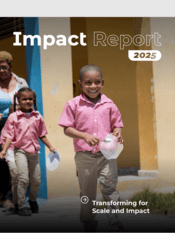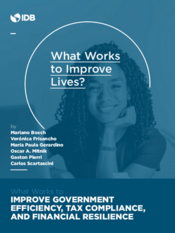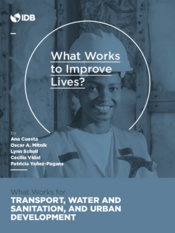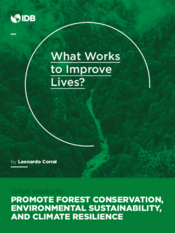Foundations of Development Effectiveness at the IDB
Discover the core principles driving recent reforms aimed at enhancing development effectiveness under the IDB’s 2024–2030 Institutional Strategy.
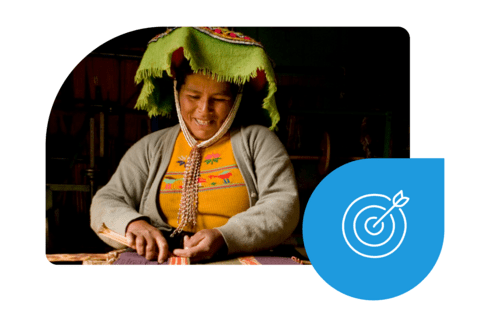
This tool is essential for enabling IDB employees and counterparts to integrate evidence-based practices and apply rigorous standards in project design, monitoring, and evaluation—ensuring the delivery of results and lasting development impact.

Discover our hub of resources and tools, designed to enhance evidence-based decision-making and improve accountability in development projects.
Explore our accountability mechanisms that play a vital role in strengthening development effectiveness at the IDB.
Conducts independent and systematic evaluations of the IDB Group’s strategies, policies, programs, and operations.
The IDB is a signatory to the International Aid Transparency Initiative (IATI). The IATI registry is updated monthly with IDB-funded project data following the IATI standard.
Check out a wide range of results and impact indicators for IDB, IDB Invest and IDB Lab in our Impact Framework.
Discover how our projects are delivering real impact in Latin America and the Caribbean.

